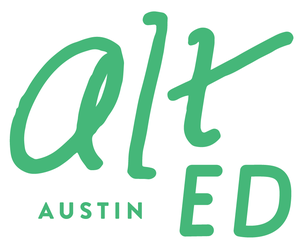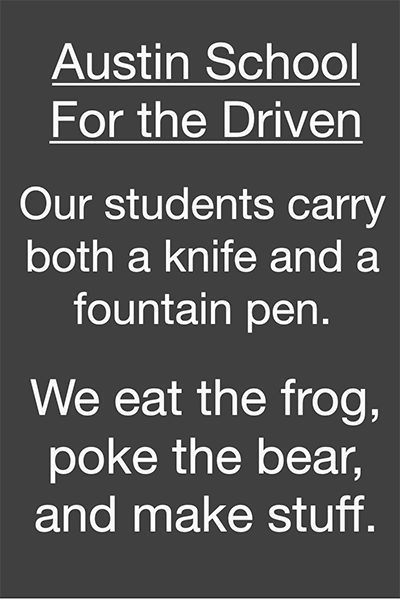Media Monday: Guns on campus
/A few years ago, we would not have predicted that parents and kids would be spending some of their 2016 college prep time studying rules about concealed weapons on campuses. But given that the clock is ticking on legislation on the governor of Georgia’s desk right now, and the controversy is intense and immediate in Texas, we thought it might be helpful to have a few resources available, if it’s something you’re thinking about related to your own college-bound teens.
Surveys show that a majority of faculty, students, and administrators oppose weapons on campus, yet many gun rights advocates insist that campuses will be safer with more weapons in more hands, pockets, and backpacks. After eighteen-year-old Haruka Weiser was killed on the UT campus last week, Students for Concealed Carry argued that her death might have been prevented by more weapons on campus and criticized UT’s policies that would not allow rounds in firearm chambers on campus. UT President Gregory Fenves said he will continue to put the new campus carry policies in place with the goal of creating “a safe campus for everyone.”
As a recent article by Ian Bogost in The Atlantic noted, eight states currently allow gun possession on college campuses, with Texas being the latest to adopt such a law. The Texas law will take effect August 1 this year. Nineteen states currently ban concealed weapons on campus, and twenty-three allow each campus to decide.
Bogost takes a look at the larger world today’s college students live in and concludes:
The great tragedy and sorrow of the push to extend gun rights to every nook and cranny of American life is not that firearms make people feel greater power and greater control in those contexts. It’s that they are so stripped of that power and control that they should need to seek solace in guns in the first place.
Recent news stories on struggles over guns on campus:
- Greg Bluestein, “Will Nathan Deal Sign Georgia’s ‘Campus Carry’ Legislation?” Atlanta Journal-Constitution
- Max Kutner, “Campus Carry Advocates Suggest Gun Might Have Prevented University of Texas Murder,” Newsweek
- Molly Hennessy-Fiske, “New Law Allowing Concealed Guns on Campus Roils University of Texas,” LA Times
- Sam Zeff, “Kansas Campuses Prepare for Guns in Classrooms,” NPR
- Amanda Marcotte, “Guns Will Not Solve the Campus Rape Problem,” Slate
Organizations that oppose guns on campuses:
- The Campaign to Keep Guns Off Campus (This site is particularly useful for its chart of legislation under consideration in statehouses, as well as its regular press releases.)
- Armed Campuses
Organizations that favor guns on campuses:
Shelley Sperry














